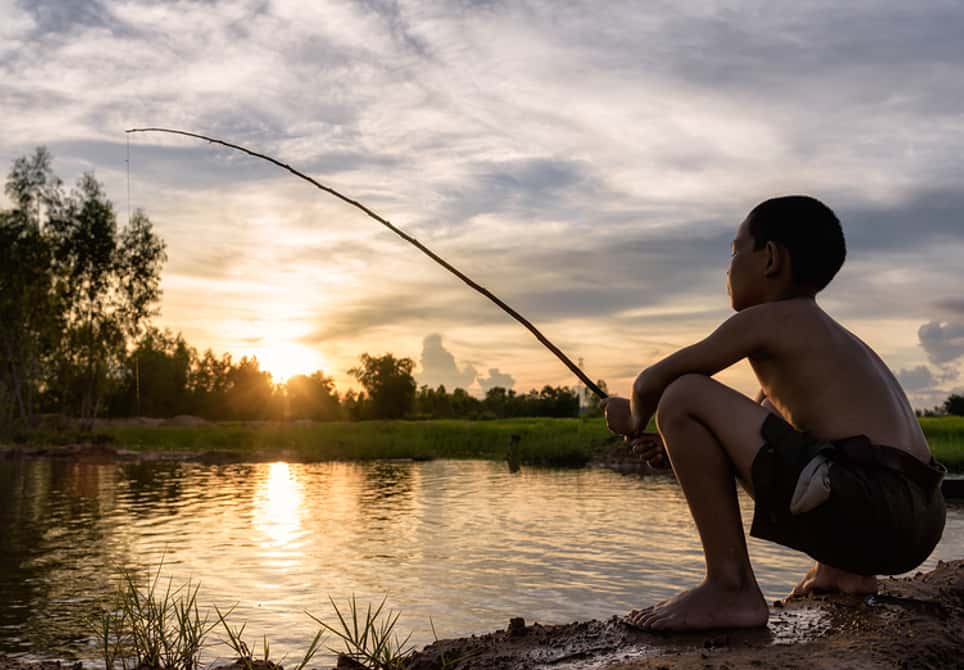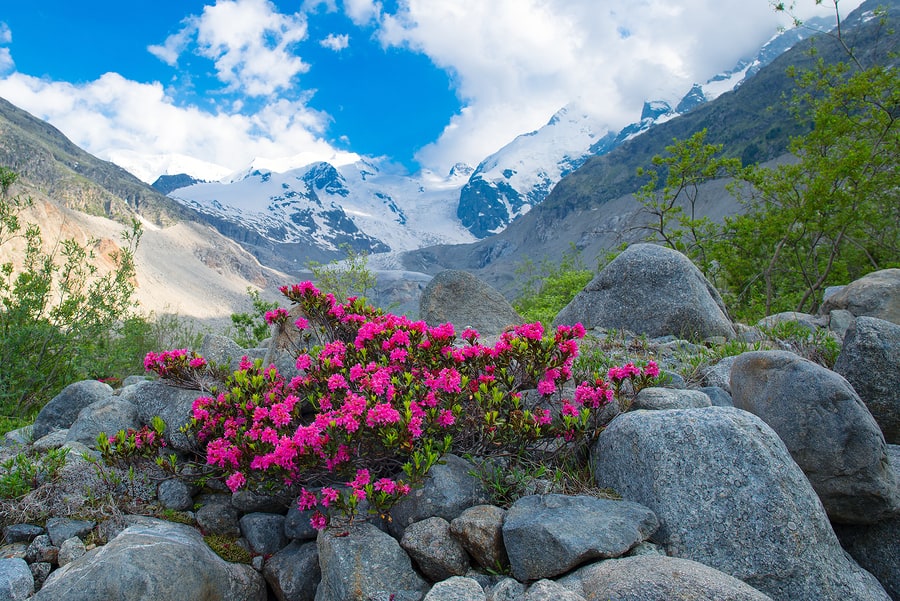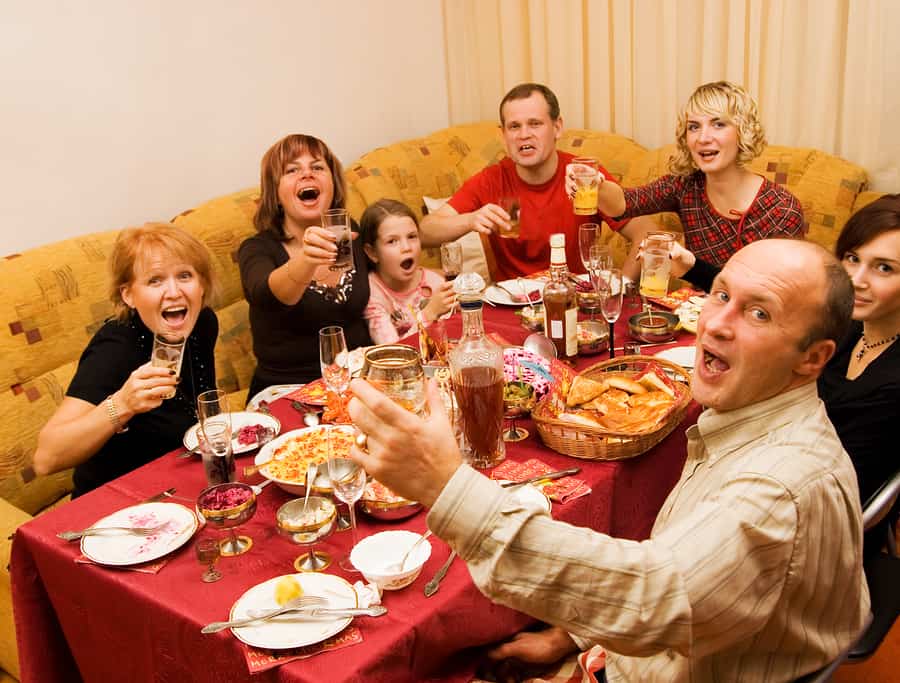Place-Based Discoveries Etch Learning Into Your Brain

By Liz Wimmer
Think of your favorite places. Consider those from a long time ago, and those you still go to. I’ll give you a moment to meander.
As for me, I thought of . . .
Mountain Streams
I imagined the rivers where I used to (and occasionally still do) fly fish: Clear, sometimes calm, other times rushing, flowing over smooth rocks.
I could sometimes see fish. A lot of times, when the streams moved too fast or plunged too deep, I couldn’t.
But from those excursions, I learned that fish eat flies and other insects. And what they eat depends on where they live and what types of food live nearby.
I also learned that larger fish especially like to take refuge in deeper water. In the middle of a hot day, you’ll find them hovering in deep pools near logs or in the shadow of big rocks.
This taught me that if we want to continue having fish in our streams, we need to make sure they curve and have banks with trees and bushes. We can’t straighten the river bed and remove the nearby foliage and still have fish habitats.
Clumps of Wild Rhododendrons

When I was a teenager, I had the opportunity to spend a week backpacking in the Olympic Mountains in Washington state, where I saw sunny meadows full of wildflowers growing next to glacial flows.
We used our tarps to slide down the hill in the snow. We hiked from “Home Sweet Home” (the meadow with the outhouse that overlooked the valley) to a viewpoint where vast expanses could be seen in many directions. I was astounded to learn that rhododendrons grew in abundance up there.
Nearly every Northwest home had at least one rhododendron growing in the yard, but up until that point, I hadn’t realized that plants grow wild somewhere. This led me to think about whether plants were native to an area or imported from another place.
Much later, I planted many plants originally from another area. I learned that native plants are accustomed to their environment and the amounts of water that naturally falls from the sky in that place. My first Olympic visit had piqued my interest in native plants, and I learned that, in this era of water shortages, native plants grow much more easily. If you want to save water, keep the plants native.
My Grandparents’ House

Lest you think all the places for learning are in nature, I turn to another kind of memory.
My grandparents lived across the country, but I had the good fortune to visit them with the rest of my family at a time when flying was not the common occurrence it is today.
I loved it when we arrived and a bunch of us sat in the family room, the adults with cocktails and the kids with sodas.
For me, this was an unusual occasion. We never got soda. My grandfather would pour our drinks in the same glasses the adults had, complete with ice.
I was just a kid, but through that and other similar gestures, I learned the power of welcoming people and of hospitality.
It taught me to treat guests as people you strive to make comfortable and for whom you go to extra efforts. It helped lay the foundation for how to treat people with care and respect.
Go, See, Do, Try
The powerful learning that I experienced in each of these places came from the discoveries I made while observing, doing and reflecting.
The experiences involved my whole body—my senses and my emotions—and made deeper connections in my brain. This hands-on, place-based education ultimately shaped my long-term interests and values.
Think about your life for a moment. What are your favorite places and what are they teaching you?
This blog is part of our “Place-Based Education” blog series. To learn more and contribute a guest post for the series, check out the PBE campaign page. Join in the conversation on social media using #PlaceBasedEd. For more on Place-Based Education see:
- 20 Schools and Networks that Educate with a Sense of Place
- 6 Reasons You Should Work in America’s Parks and Forests
- America’s Best Idea and America’s Best Classroom
Liz Wimmer is a writer and content specialist at the University of Washington. Follow her on Twitter: @LizWimmer






Ann Wallace
Oh Liz....I just read your article and it totally brought me back to gathering family together in Mom & Dad's family room over Christmas!
What special times indeed. You made my day! Love, Ann